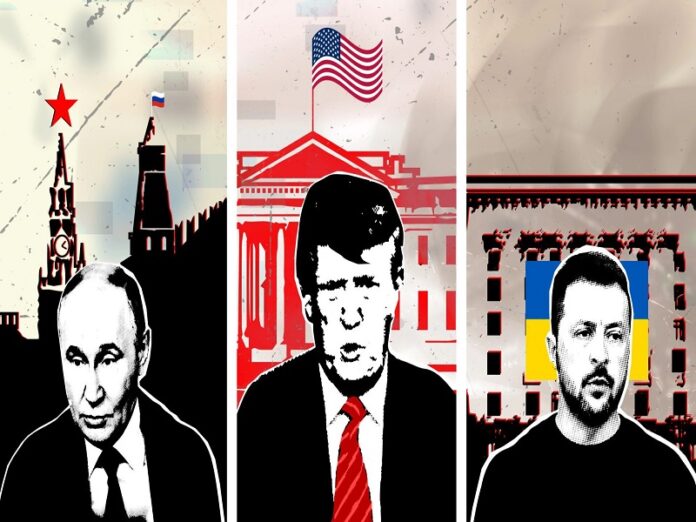The second round of the newly resumed Russian-Ukrainian talks in Istanbul on Monday resulted in no progress being made towards peace. Both sides simply exchanged their respective memoranda about their predictably envisaged zero-sum military-political endgames and agreed to yet another prisoner swap. That outcome was expected since the US hasn’t yet coerced either or both sides into concessions. Therefore, unless the US steps up and is successful, only brute force can break this impasse.
Regarding the possible solution of American intervention, it would take different forms with Ukraine and/or Russia if it ever comes to pass. With respect to the first, the US would have to credibly threaten to completely cut Ukraine off from military, intelligence, and economic aid if it doesn’t comply with some of Russia’s demanded concessions for peace and then go through with it if Zelensky refuses. Even though the Europeans likely won’t follow suit, they couldn’t replace the US’ then-lost role in helping Ukraine.
As for the form that it would take with Russia, the US would have to impose and then enforce crippling secondary sanctions against all of Russia’s energy clients without exception, with an emphasis on China, India, the EU, and Turkiye. Together with the aforesaid or in lieu of it due to the painful blowback that such sanctions could entail, the US might also “escalate to de-escalate” by ramping up military, intelligence, and economic aid to Ukraine, though at the risk of war by miscalculation with Russia.
Regarding the possible solution of brute force, this too would take different forms from Ukraine and/or Russia if it also ever comes to pass. With respect to the first, Ukraine would have to carry out enough strategic drone strikes against Russia to force Putin into capitulating to Zelensky’s maximalist demands, but without provoking a devastating retaliation with Oreshniks (possibly tipped with tactical nukes). That goal is unrealistic, however, while the means are extremely risky. Even so, Ukraine might still attempt it.
As for the form that it could take from Russia, Putin would have to authorize the aforesaid retaliation to force Zelensky into capitulating to his own maximalist demands, but without provoking Trump into “escalating to de-escalate” in response out of fear of losing all of the US’ investments in “Project Ukraine”. Russia would also have to be ready to respond to any desperate European provocations in that event, such as the formal deployment of troops to Ukraine, while still keeping the US out of the fray.
The third possible solution that some might have thought of, namely continuing the ground campaign in the absence of US coercion on either party and neither “escalating to de-escalate” in their own way, would inevitably lead back to this scenario branch with time. After all, Trump would be compelled to either cut Ukraine off or “escalate to de-escalate” if the front lines collapse, in which respective case Ukraine or Russia might then “escalate to de-escalate”. Some escalation might therefore be inevitable.
Considering these strategic dynamics, the most realistic best-case scenario for Russia would thus be that the US seriously tries coercing Ukraine into concessions, Russia doesn’t devastatingly retaliate to any subsequently desperate Ukrainian provocations, and then Ukraine capitulates shortly thereafter once the US cuts it off. Regrettably, Trump’s latest rhetoric against Putin and his ally Lindsey Graham’s draft sanctions legislation suggest that he isn’t preparing to do this, so the worst-case scenario might unfold.







